Flameback Angelfish
$109.99
-
Select Variant
The Flameback Angelfish, also known as the African Pygmy Anglefish and the Orangeback Angelfish, has striking contrasts between orange and blue hues. The body is primarily blue, there's an extensive and vibrant orange-to-yellow swatch that runs starting from the head and running back of the dorsal fin. Caudal fins appear yellow and a bit transparent, which makes it distinct against it's cousin, the Brazilian Flameback Angelfish (also known as the Fireball Angelfish - Centropyge aurantonotus).
Flameback Angelfish Flameback Angelfish requires a minimum of a 55-gallon tank with plenty of hiding spots and live rock to graze. Sometimes, the fish may nip at SPS as well as some varieties of corals within tank reefs.
Food choices for The diet of the Flameback Angelfish should include Spirulina and marine algae, premium angelfish dishes, mysis or frozen shrimp, as well as other fleshy meals.
Approximate Purchase Size: Small: 1/2" to 1" Medium 1" to 2" Large 2" to 3"
- Description
- Additional Information
- Reviews
General information regarding Flameback Angelfish
The Flameback Angelfish has striking contrasts of orange-yellow and blue colors. Although the body is predominantly blue, there's an extensive and vibrant orange-to-yellow stripe that runs starting from the head and running back of the dorsal fin. Its caudal fins are yellow and a bit transparent, which makes it stand out in comparison to other species of Brazilian Flameback. At times, the fish might nip at SPS and other kinds of Polyp Corals within Reef aquariums.Diet & Nutrition
Angelfish with flamebacks are all-omnivores that feed predominantly on invertebrates and algae. The diet in captivity could include mysis shrimp frozen and Spirulina algae. Food preparations for angelfish, such as pellets as well as other frozen food items could be fed to these angels.Origin
Centropyge acanthops first appeared in the coastal areas East in Africa. Its range extends across the western part of the Indian Ocean particularly from Oman and Somalia south to East London, and east to Madagascar, Seychelles, Comoros, Mauritius, Reunion and the Mascarene Islands. It also extends into the Maldives.Tank Requirements
- Requires a minimum 55-gallon tank with plenty of hiding places and live rock for grazing.
- May occasionally nip at SPS and some species of polyp corals in reef aquariums.
Diet and Nutrition
- Flameback Angelfish are omnivores, requiring a diet that includes Spirulina, marine algae, high-quality angelfish preparations, mysis or frozen shrimp, and other meaty foods.
Approximate Purchase Size
- Small: 1/2" to 1"
- Medium: 1" to 2"
- Large: 2" to 3"
Links to follow:
size
Large, Medium, Small
Units
1
Weight
6 lbs
Dimensions
1 × 1 × 1 in

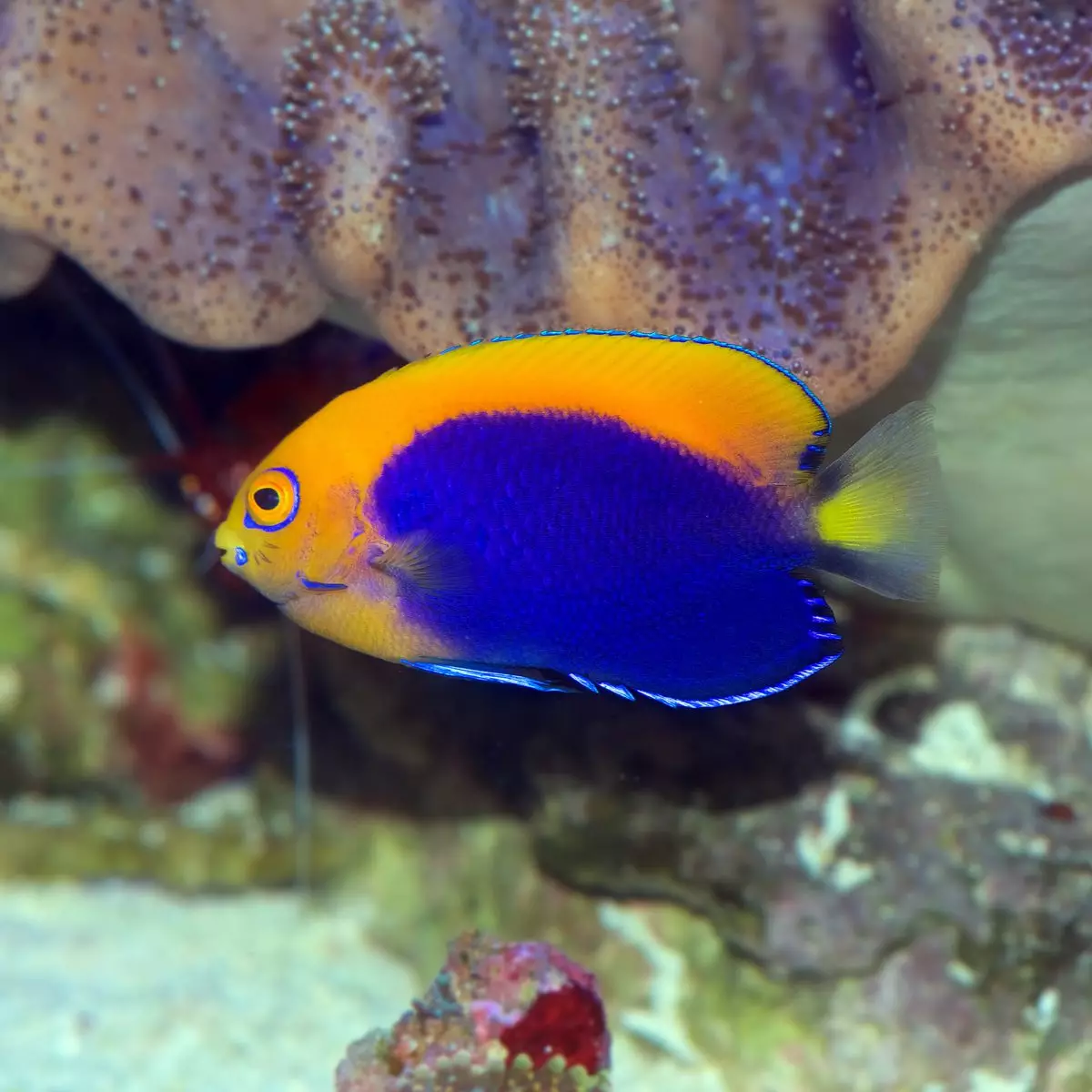
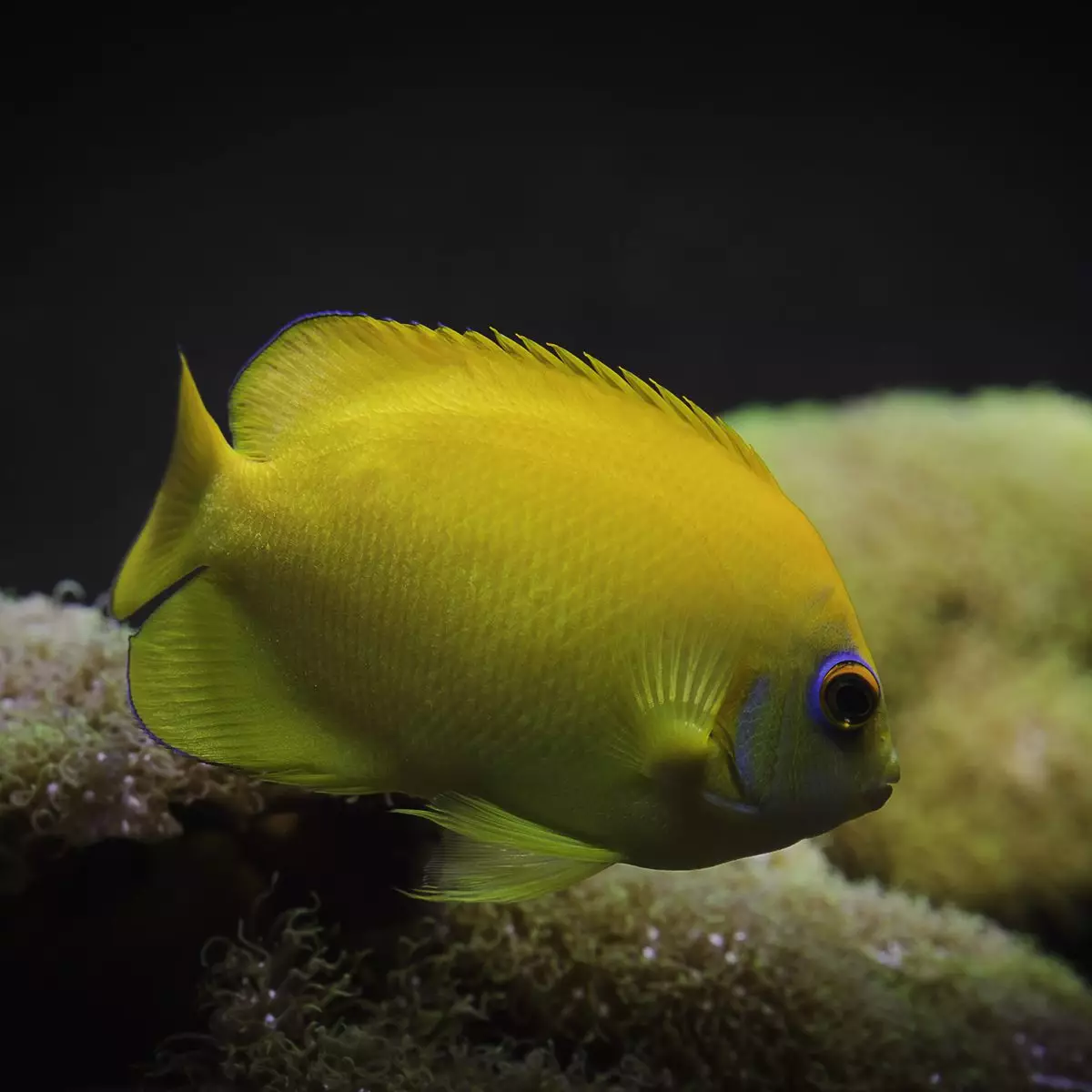
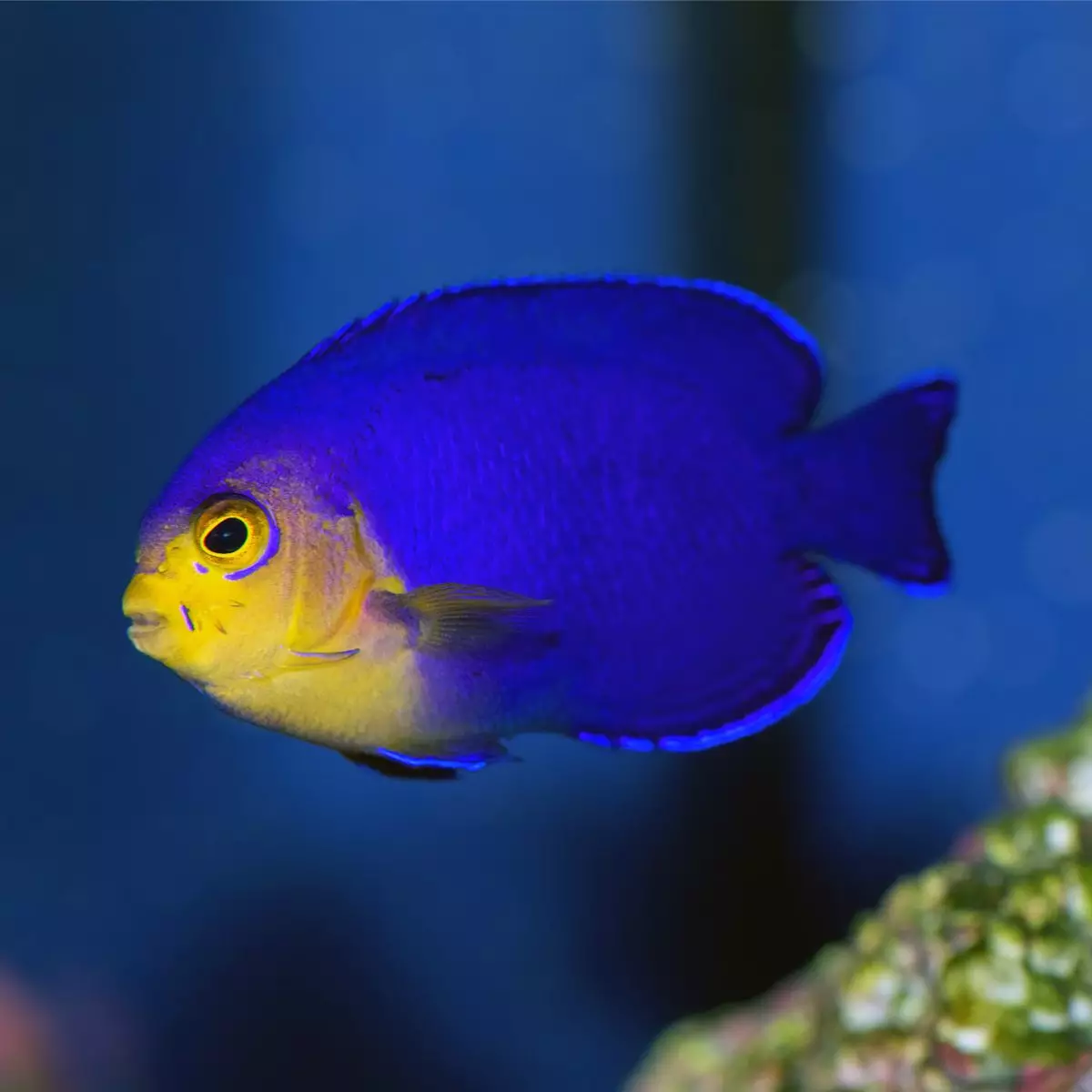
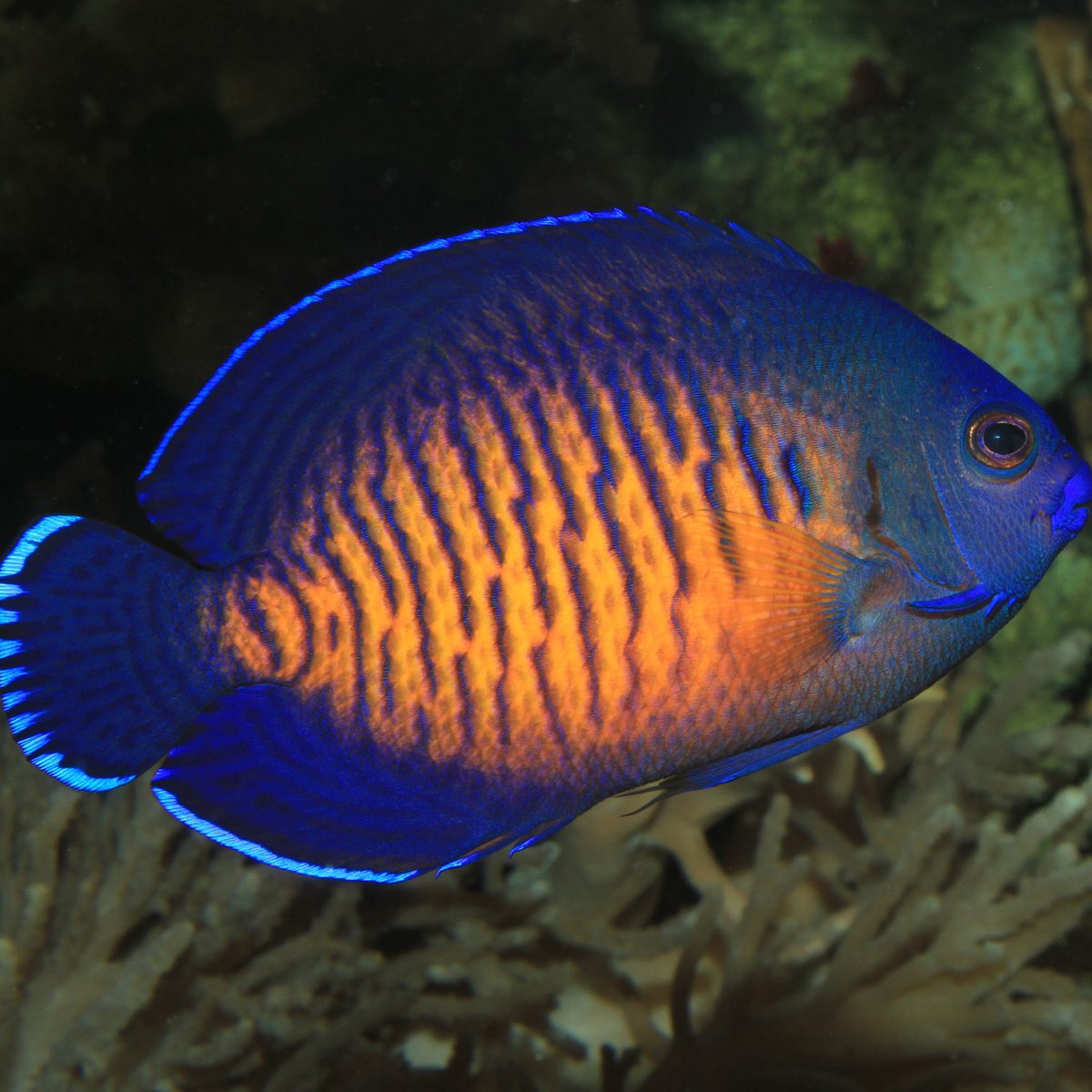
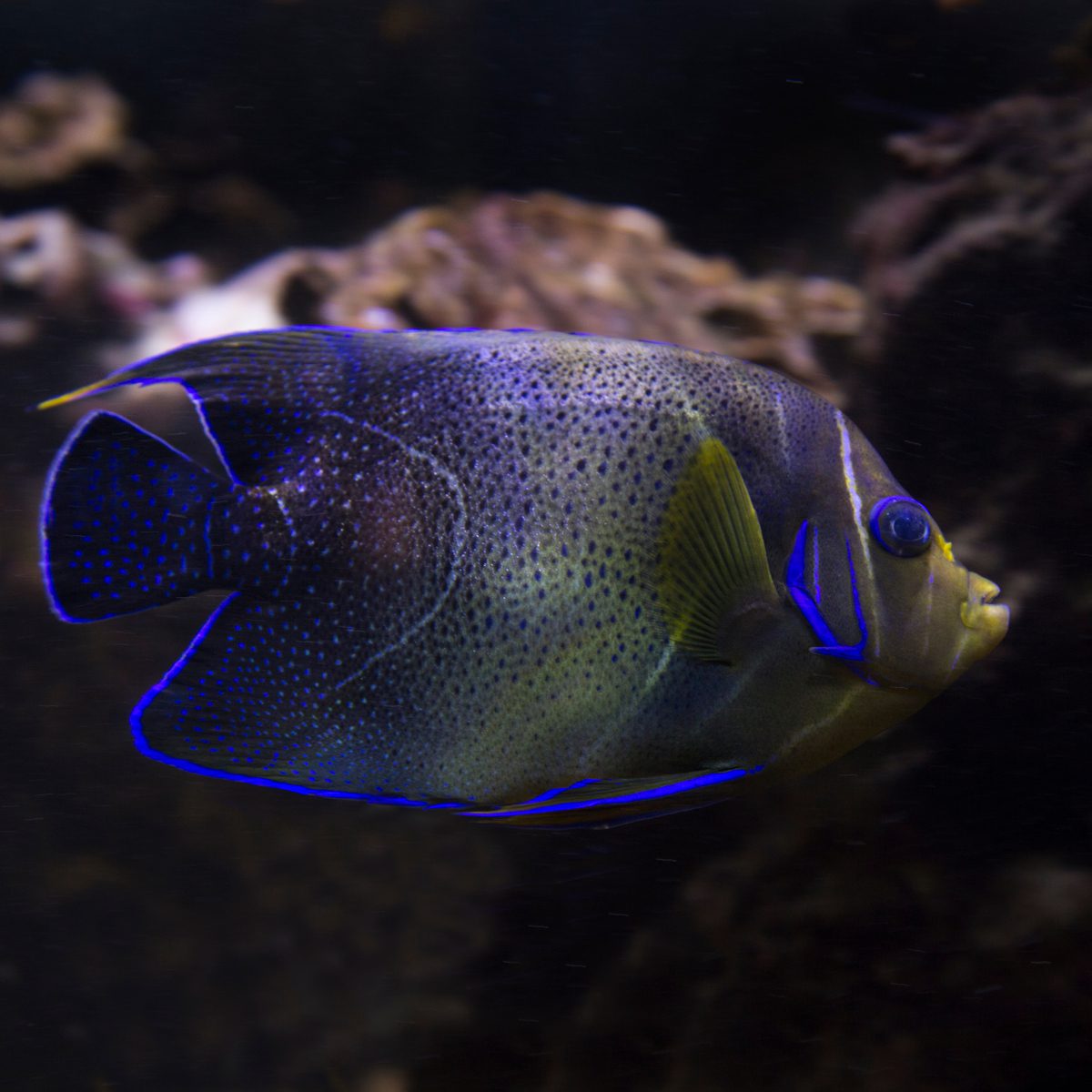
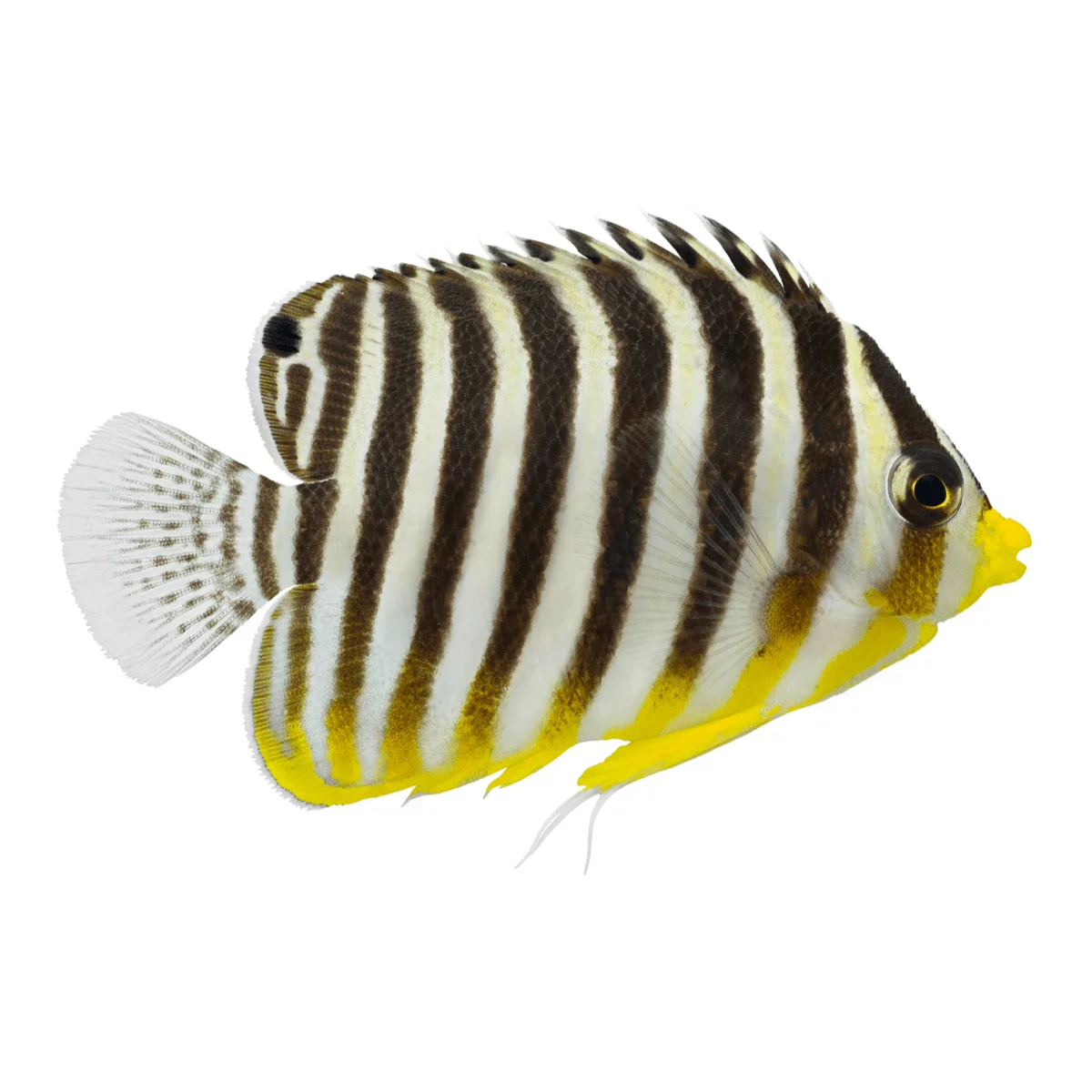
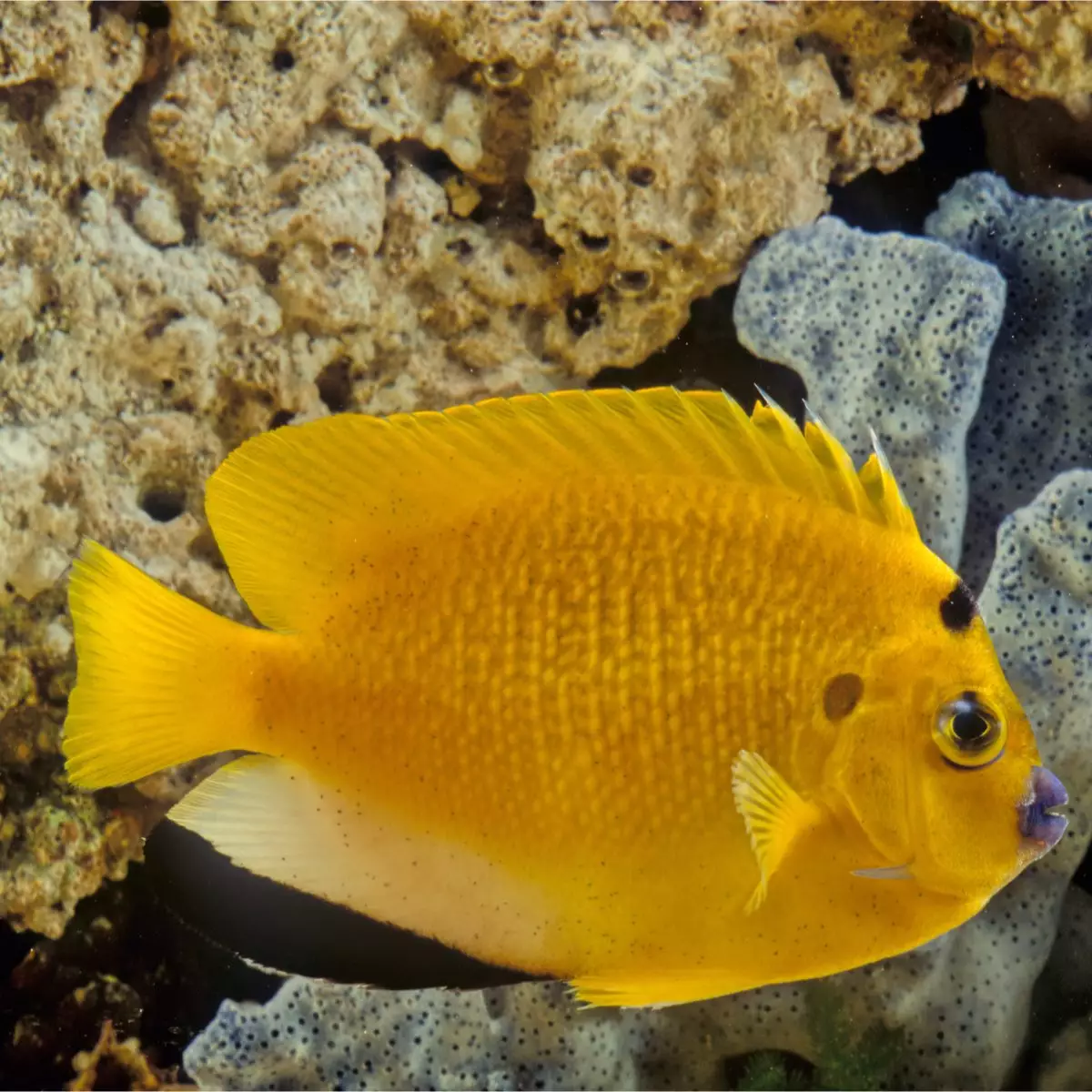
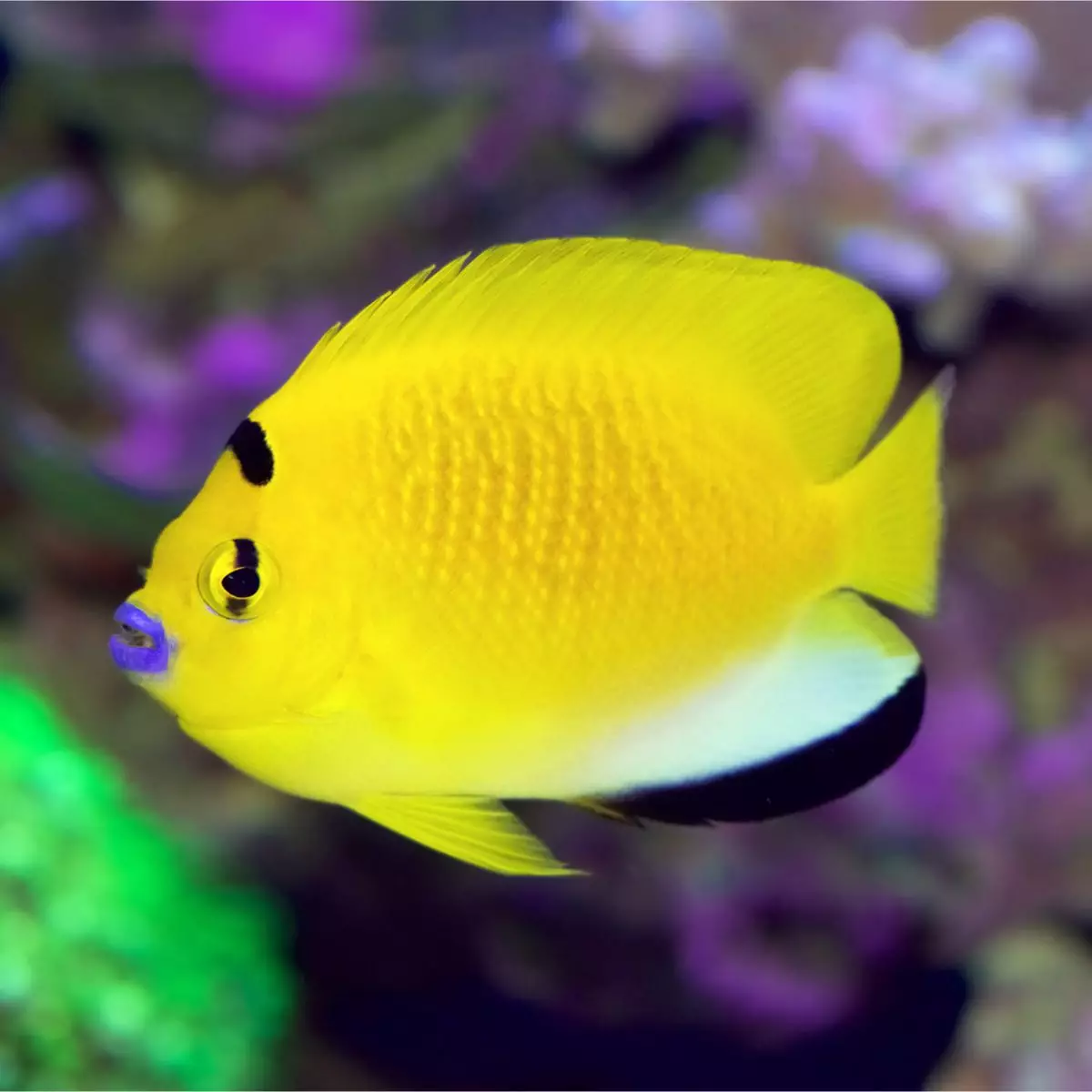
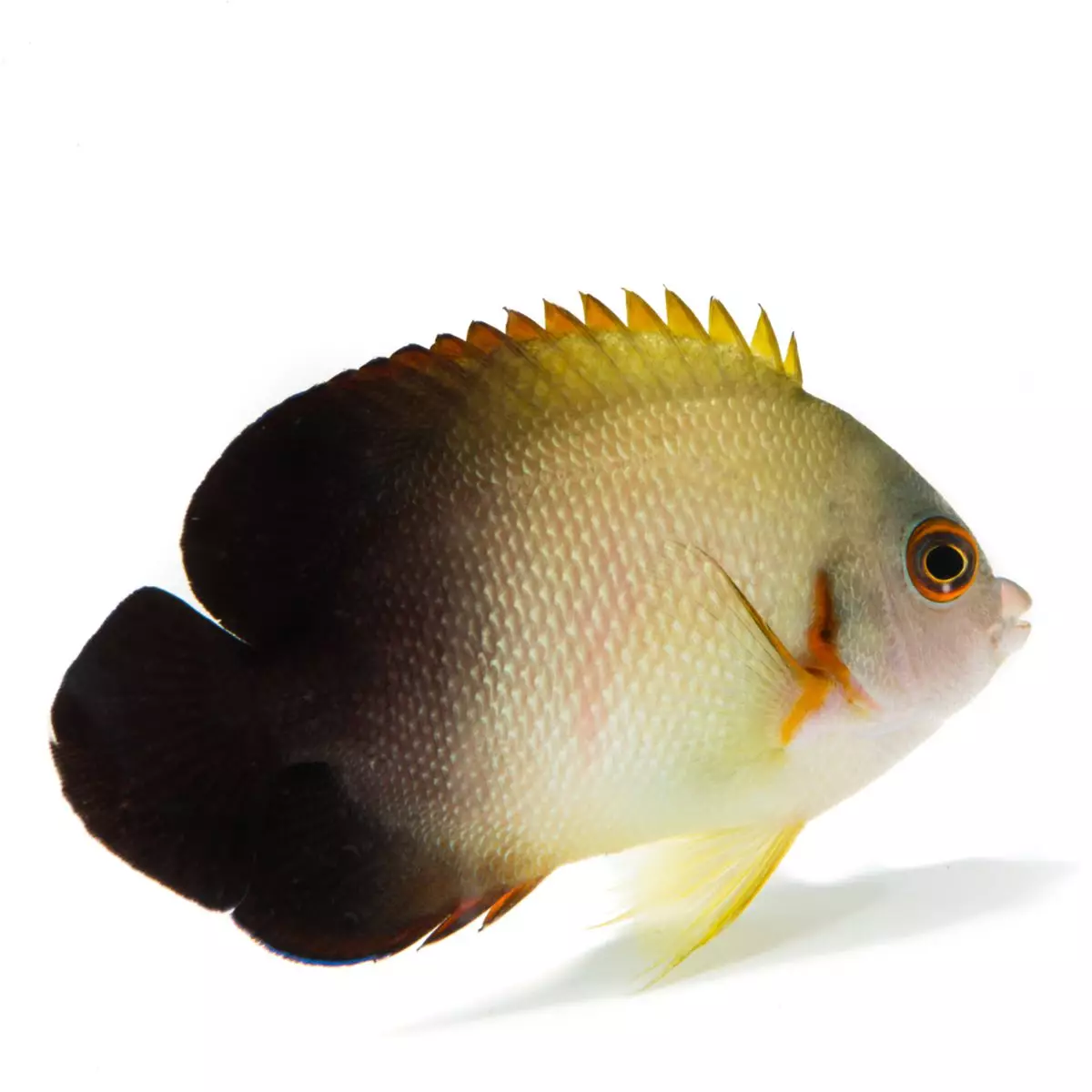

Reviews
There are no reviews yet.